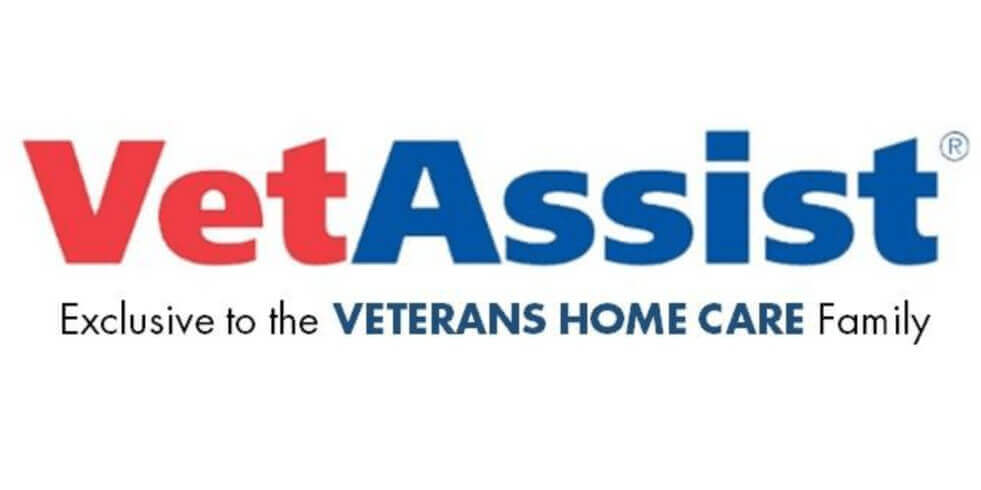How Home Care Agencies Can Help Reduce Readmission Rates
Studies by insurance companies and independent researchers have found that elderly patients discharged from the hospital to home care are far less likely to be readmitted to the hospital within 30 days. For these patients’ families and health providers alike, this is an important finding.
Since the Centers for Medicare & Medicaid Services (CMS) has cut payments to hospitals for readmissions, this has become a pressing concern for healthcare providers. There is strong motivation to reduce avoidable readmissions.
As care providers, our agencies want to provide the best home care services to their clients and give their families practical support and peace of mind. One way agencies can do this is by demonstrating their ability to reduce hospital readmission rates. Preventing hospital readmissions benefits the client and family, reduces the burden on hospitals, and makes the agency a sought-after partner to other agencies and institutions (including Medicare Advantage providers).
What Is the Definition of Readmission?
Hospital readmission happens within 30 days of patient discharge. The patient’s readmission does not have to be for the same reason that brought them to the hospital in the first place; it can be any unplanned readmission. For example, if a patient was discharged after a heart attack and falls at home three weeks later, admission to the same or a different hospital counts as readmission.
The elevated risk of further injury is what makes discharge plans critical. The best discharge plans include home care for patients with serious conditions or complex needs who do not have a healthy, available family member to constantly care for them upon leaving the hospital.
How Can Home Care Reduce Hospital Readmissions? 4 Ways:
1. Evaluate risk factors.
Home care clients are at a higher risk for readmission if they suffer from respiratory disease, pneumonia, or cardiovascular disease (especially heart attack and heart failure). Sickle cell anemia is also a top-10 diagnosis for highest rates of readmission. Plan to support these patients in targeted ways post-discharge.
2. Add strategic readmission reduction tasks to all care plans.
One of the most important tasks that caregivers can add to their readmission prevention plan is to make sure the discharged patient follows up with their primary care doctor within 30 days of leaving the hospital. This will already make a significant difference in readmission rates.
Check for missed medical appointments, missed medication doses, and signs of mental distress (such as symptoms of depression or anxiety). Do not neglect to speak with the client’s family about what might have been missed at the hospital or at the time of discharge, and take note of what instructions were provided at the time of discharge.
Also prioritize tasks like checking the home for tripping hazards and doorway/hallway obstructions. Scan every room of the house for potential health and safety concerns. You can even add checks for working heat/air conditioning and running water.
Consider not only the need to prevent readmission for the original cause of hospitalization, but also for injuries and infections facilitated by the patient’s vulnerable state during recovery. Standardize a watertight plan for the caregiver to best protect a client in fragile health.
3. Look for the missing tools to reduce hospital readmissions.
There are many ways to think outside the box when evaluating a client’s care plan with the goal of keeping them safe and well at home—and out of the hospital. If they struggle with moving around their home or neighborhood, suggest looking into assistive devices for walking. If they are able, you can also coach them in simple exercises they can do at home to build balance and strength. Speak to the family about occupational therapy, if appropriate.
There are also technologies that can help with short, frequent check-ins so caregivers can ensure clients are taking their medications, drinking water, and adequately managing pain. Some of these technologies (like our VetAssist) use AI assistants such as Alexa to schedule reminders and prompt for updates at regular times of the day.
All of these peripheral solutions help build out a care plan with the best chance of preventing hospital readmission.
4. Collect data to show value and set goals.
You can only see what is working and what is not by keeping systematic, accurate, and consistent records. This priority should be emphasized at all levels of your agency.
Thoughtful procedures and their results should be recorded and reported to prospective clients and their families, as well as to partners. Illustrate a compelling pattern, and you will set yourself apart from competitor agencies. Use local or national benchmarks to set goals and show progress.
Home care agencies are well-positioned to address many of the triggers for hospital readmission. Attention to these and a plan for prevention can set your agency apart in demonstrable, measurable ways, as well as provide life-saving care for vulnerable seniors.
If your loved one needs home care, our VetAssist mission is to make home care easily and quickly accessible for those who qualify through the VA Pension with Aid and Attendance benefit. Veterans Home Care can help you determine whether you or your loved one will be eligible to receive the benefit, which can cover some or all of the cost of home care, and we make it easy to apply. Chat with us via our website, or call us at (888) 314-6075.
By Sylvia Trein, staff writer















